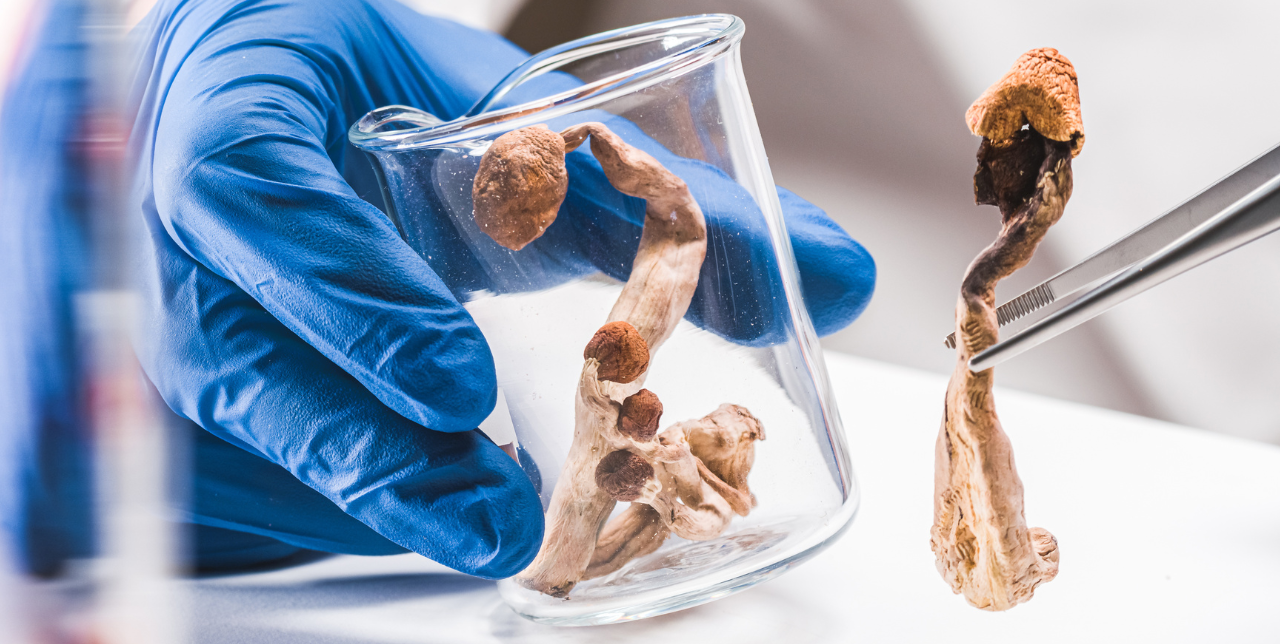Psilocybin mushrooms, often hailed for their psychedelic effects, hide a world of complexity beneath their often modest exteriors. Understanding the anatomy of psilocybin mushrooms not only enriches our appreciation for these fascinating fungi but also highlights how they differ from their non-psychedelic cousins. Let’s take a closer look at each part of a psilocybin mushroom and discover what makes them truly unique.
The Cap: More Than Just a Top Hat
The cap, or pileus, of a psilocybin mushroom is perhaps its most recognizable feature. It serves a crucial role in protecting the spore-producing gills underneath. In psilocybin mushrooms, the cap can vary widely in color and shape, often changing as the mushroom matures. This is a stark contrast to some non-psychedelic mushrooms, which may have more uniform cap shapes and colors throughout their lifecycle.
Gills: The Spore Factory
Beneath the cap lie the gills, or lamellae, which are responsible for producing spores. In psilocybin mushrooms, these gills contain the spores that will disperse and potentially grow into new fungi. The spore print, a key identification feature, can vary in color but often appears dark purple-brown in psilocybin varieties. This contrasts with the broader spectrum of spore print colors found in other mushroom species.
Stipe: The Supporting Stem
The stipe, or stem, of a psilocybin mushroom does more than just hold the cap aloft. It also transports nutrients from the mycelium (the underground part of the mushroom) to the cap and gills. Psilocybin mushrooms often have a hollow stipe, which differs from the solid stems seen in many edible mushrooms. This feature can help in identifying them but is not exclusive to psychedelic varieties.
Veil: A Temporary Cover
Many mushrooms, including psilocybin varieties, have a veil that initially covers the gills. In psilocybin mushrooms, this veil eventually breaks as the mushroom matures, sometimes leaving behind a ring on the stipe, or remnants attached to the edge of the cap. This feature, while not unique to psilocybin mushrooms, plays a key role in their identification.
Mycelium: The Underground Network
The mycelium is the unsung hero of the mushroom world, acting as the root system. For psilocybin mushrooms, the mycelium is where the synthesis of psilocybin primarily occurs before it’s transported throughout the mushroom. While all mushrooms have mycelium, the psilocybin-producing varieties have garnered significant interest for their potential in medical research, highlighting a key difference in function and not just form.
Comparing Psilocybin Mushrooms to Other Species
While at first glance, psilocybin mushrooms might just look like any other fungus, their unique features set them apart. From their variable cap appearances and dark spore prints to their often hollow stipes and the presence of a veil, these characteristics are vital for identification. Moreover, the role of the mycelium in psilocybin production marks a significant functional difference from non-psychedelic species.
Psilocybin mushrooms share structural similarities with other mushrooms, yet it’s their subtle differences and chemical properties that fascinate mycologists and psychonauts alike. Understanding the anatomy of psilocybin mushrooms not only aids in safe identification but also deepens our appreciation for these natural wonders and their place in the fungal kingdom.
As we continue to explore and study psilocybin mushrooms, their complex anatomy and the intriguing differences from other mushroom species remind us of the vast biodiversity of our planet and the endless possibilities for discovery and research in the world of mycology.
